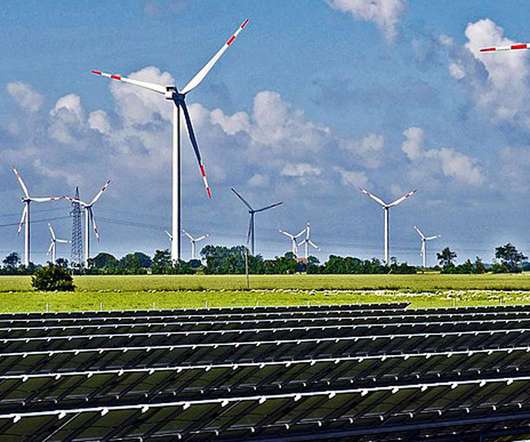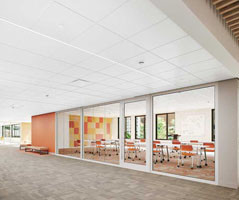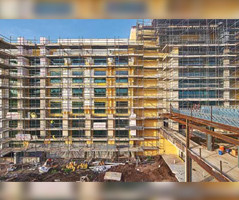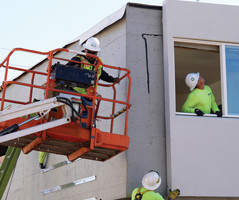Future of Net Zero Energy Buildings for Michigan Business Owners
Wolgast Corporation
SEPTEMBER 12, 2022
We hear about energy efficiency, greenhouse gases, renewable energy, and carbon emissions more frequently these days, but maybe not as popular is Net Zero Energy Building or Net Zero Energy Building Ready. Once this happens, an Owner can get their building Net Zero Energy Certified. See more [link] ).













Let's personalize your content